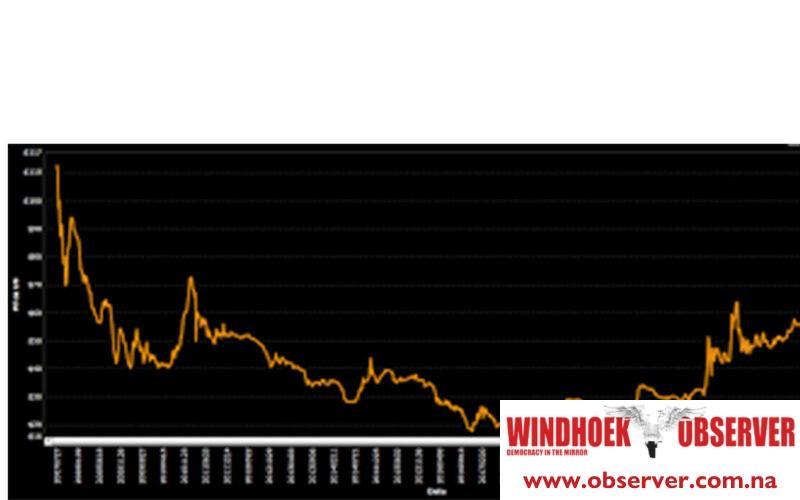CHAMWE KAIRA
Deep Yellow, which is developing the Tumas Project in the Erongo Region, says it has established the right platform at the right time, ready to build greenfield projects when the price is right.
The company said in a project update that the uranium market backdrop creates exceptional opportunities in the post-Fukushima supply reconstruction era and taking advantage of an assured supply shortage further exacerbates a bifurcated market.
The company said it has a strong financial position with Australian dollar (A$) 238.4 million cash to initiate development of Tumas and pursue a growth strategy.
The financial investment decision on the Tumas project was deferred until March 2025 and the company has stated that the commencement of Tumas plant construction remains dependent on sufficient term price incentivisation for greenfield project start-up.
The company is aiming for late 2026.
The times of the project have included the commencement in the last quarter of last year of early works on non-process infrastructure.
The project finance is expected to proceed in the first quarter of this year with the offer of supply of water and power being accepted.
Deep Yellow has said debt financing arrangements are advancing with strong indicative support from potential lenders.
The Tumas Project, which is the flagship of the company, has been granted a 20-year mining licence, effective September 2023.
The company is bullish that the project will progress towards production, establishing Tumas as the 4th uranium mine in Namibia.
The company has ore reserves of 79.5 million pounds of uranium oxide with a 30-year life of mine and Deep Yellow is of the view that the project will become a long-life, world-class uranium operation. Furthermore, the company believes that it has the potential to extend the life of mine to 35-40 years.
Talking about nuclear plants, Deep Yellow said China is maintaining a strong growth projection while the European Union has given nuclear power overwhelming support.
The company notes that India is expected to be the third largest global economy by 2027, with nuclear energy an integral part of growth.
“World electricity production breakdown excludes the current and future impact of unplanned data centers and Gen AI growth estimated to need 10%-16% additional clean electrical energy by 2030,” it said.




